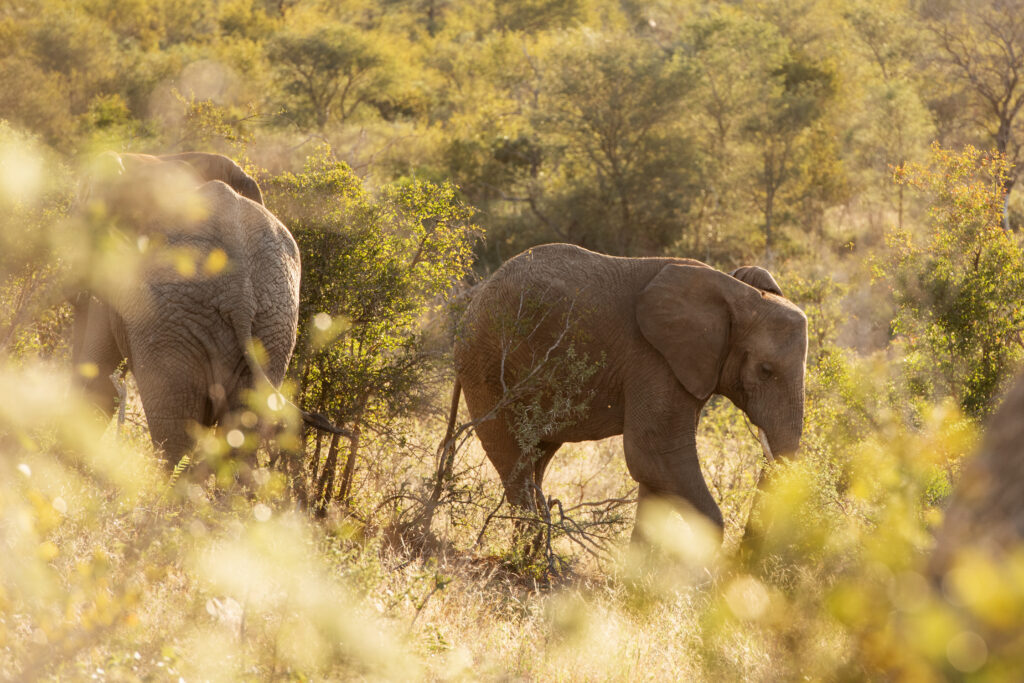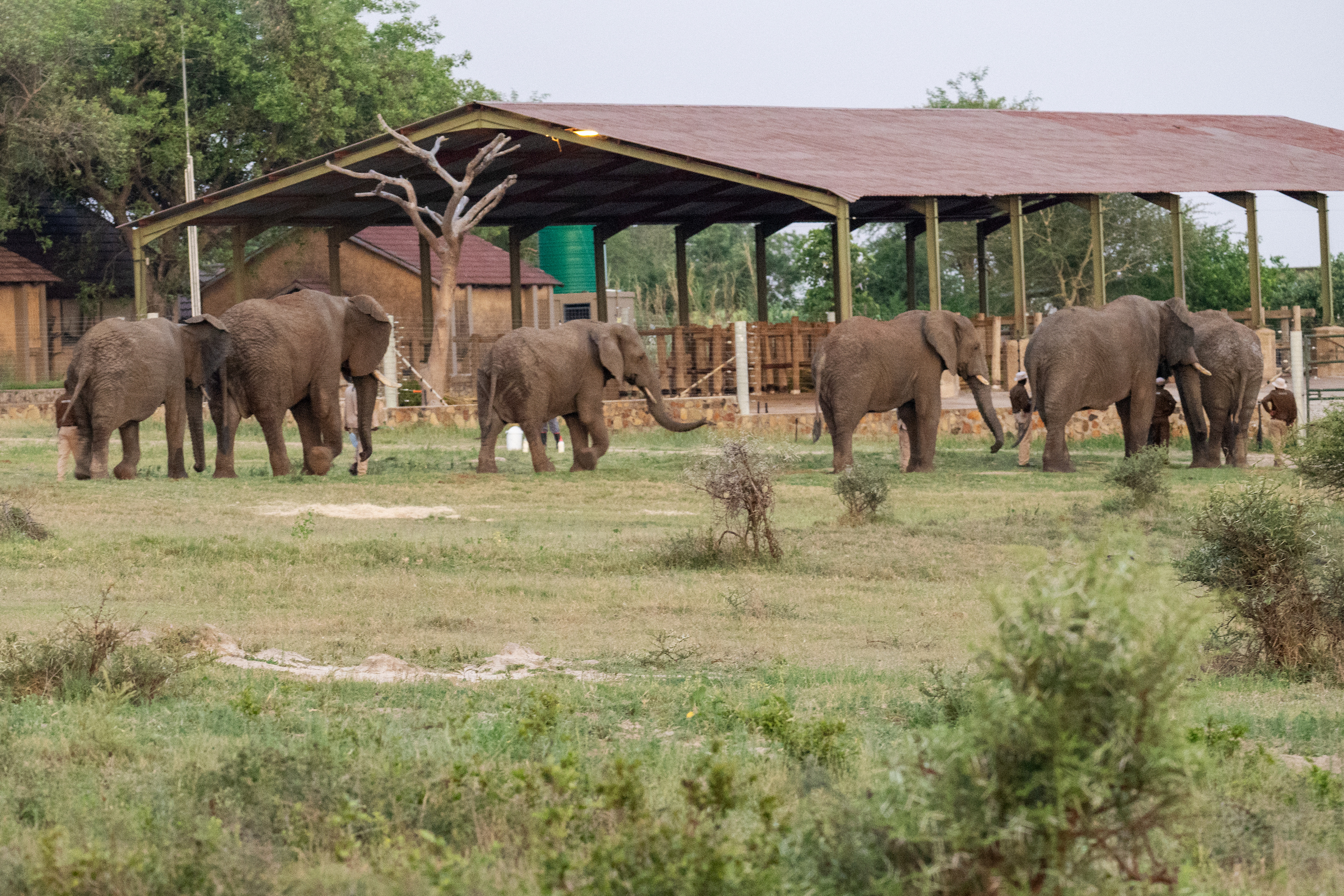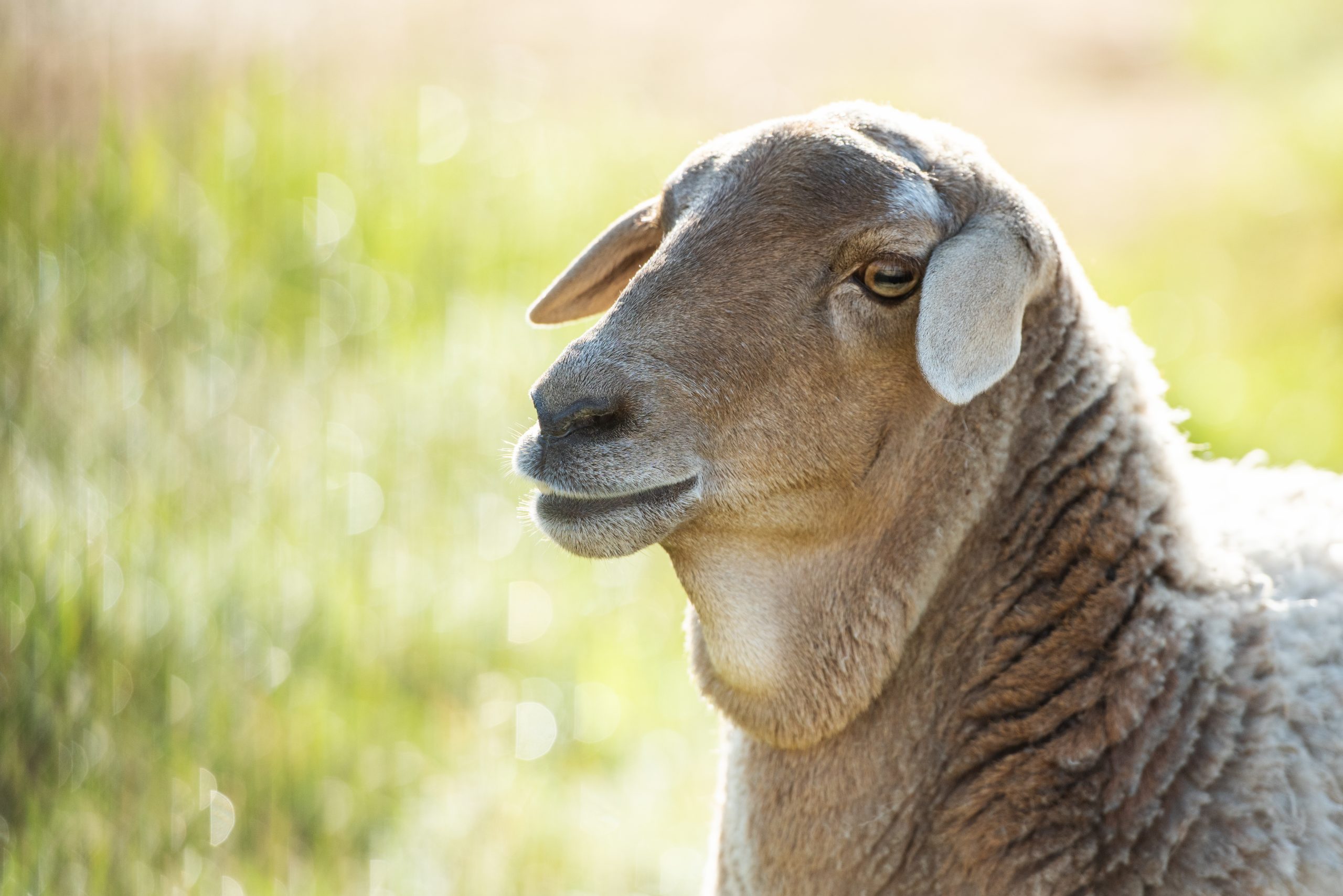The Anatomy of an Elephant – The Elephant’s Tail
Oh, The Tales This Tail Can Tell
As humans, we have built all kinds of clever tools to make our daily lives easier, in the name of progress. But something must be said for the ingenuity of having and using the built-in utensils that you were born with. It’s very useful, for instance, when adventuring through the wild or stranded on a deserted island. Elephants know this and use a range of portable tools to help with digging, picking, pulling, pushing, snorkelling, and swatting. The trunk gets much of the credit in the daily activities of elephants, but the tail is not without its glory either.
Elephants cover their bodies with sand and mud to protect themselves from insects (and the sun), but flies remain an issue. The ears see to these pests when bugging the elephant up front, while the tail sees to the rear, swatting away the winged bothers when necessary. This frees up their trunk, tusks and feet to get on with other tasks.

Elephants are not very hairy creatures. But their tails certainly are an exception to this rule, with thick, coarse, black tail hairs that can reach a length of up to 100cm – all the better to scatter those flies. Research shows that the tail hairs of elephants are significantly different to their body hairs, and more like rhino horn or horse hoof keratins. In the case of albino calf, Khanyisa, her tail hairs, while growing steadily, lack any pigment and are the same light blondish hue of the fuzz that covers her trunk and chin.
The elephant tail has a few other handy uses for the animal too, in fact acting like a hand is exactly one of them.
It’s often thought that, just as a human child might take the hand of a mother while crossing a busy road or frolicking in the daisies, whether out of guidance, protection or comfort, so too do elephants. A calf is said to hold onto the tail of it’s Mom or another older elephant, getting the benefit of security and direction while on long walks in the wilderness. But this behaviour of an elephant grasping another’s tail with its trunk is more likely an attempt to slow down the elephant, for instance with two juvenile males at play, or when a male is interested in an estrous female, according to Elephant Voices. Still, what a convenient tool the tail is! For the owner and outsider.

Like the tusks or ears, an elephant’s tail also provides a good way to distinguish an individual.
Across the Jabulani herd, Khanyisa included, you can spot many different kinds of tails. In the wild, you may come across elephants with unusually short tails, tails that have been bitten off (sometimes completely) by hyenas when the elephants were calves, long tails, hairy tails and hairless tails. Genetics and external events can play a factor in this, the latter referring to damage over time.
An elephant’s tail can tell us (and other elephants) a lot about the animal. More than you might imagine. Starting with body language…
Elephant Voices lists a few key tail gestures, a form of communication – once again, no cellphone or penmanship needed. The raising of the tail can mean that the elephant is either fearful, highly playful or intensely excited. An elephant (when it’s not Mom leading baby) may briefly take hold of another elephant’s tail in a show of playfulness. “Guarding males” may grasp the tail of an estrous female.
An elephant may also use its tail to “forcefully swat an elephant behind it to indicate that it should back off” or it may use its tail to gently feel what is following it, like when keeping an eye – or a tail – on baby. It’s certainly much easier than spinning that big body around to peek each time a calf takes off after a butterfly. And there’s no simply looking over the shoulder for these small-eyed giants.

Tail hairs can reveal even more… About diet, environmental preferences and location, for instance.
In Kenya, a study analysing stable isotopes (different weights or types of elements, in this case carbon and nitrogen, which occur naturally) in tail hair from elephants that wore radio collars to track GPS coordinates revealed what and where the elephants ate. The aim: to better understand their basic needs for space.
“One big question is how can we secure a future for elephants when we know that the areas set aside for their protection are too small,” says study co-author and zoologist Iain Douglas-Hamilton, founder, president and chief executive officer of the Save the Elephants Foundation in Nairobi, Kenya.
“Since they need space to roam and since the human population is increasing within elephant range, there is inevitable conflict,” he adds. “Tracking an elephant’s diet through stable isotopes defines essential elephant dietary needs and can help inform land use planning. … The fine information from the isotopes and actual elephant tracking can help us define the critical minimum space needed by elephants and other animals.”

The elephant tail offers a look back into the past…
with the newest hair growth revealing the elephant’s recent diet and environmental conditions and the older hair further down the tail showing older diet and environmental conditions.
While elephant tail hair has been “used” for conservation research purposes, without harming the elephant, the trade in elephant tail hair isn’t always so ethical. The collection and sale of naturally-shed elephant tail hairs is legal, but in some cases this hair is believed to be illegally removed from living or poached elephants.
Elephant tail hairs have historically been revered by different cultures in Africa and parts of Asia, with people believing that by wearing these hairs they will be protected from illness or be brought luck. The hairs are used to make bracelets, rings and earrings and in some cases the whole elephant tail is sold.
A reverence and respect for elephants, not simply their parts, but the sum of their parts, as one magnificent animal with its own right to life, is desperately needed to protect the species globally.
The only animal that needs an elephant tail, as with a tusk or trunk, is the elephant.
And watching them roaming the wilderness safely, that is the only lucky charm we need.






tamlin-herd
Thank you! We will see to this
Dani S.
Hello, https://herd.org.za/blog/the-anatomy-of-an-elephant-the-elephants-tail/?fbclid=IwAR3ibIs5UF2Qh8yiVONPVVW0erB_ZlkPFjokFEpeMtRU3PfZdBldITbNHAs Sorry, but the images are not displayed. When I click on one: "404 Oops, sorry we can't seem to find that page!" Greetings Dani